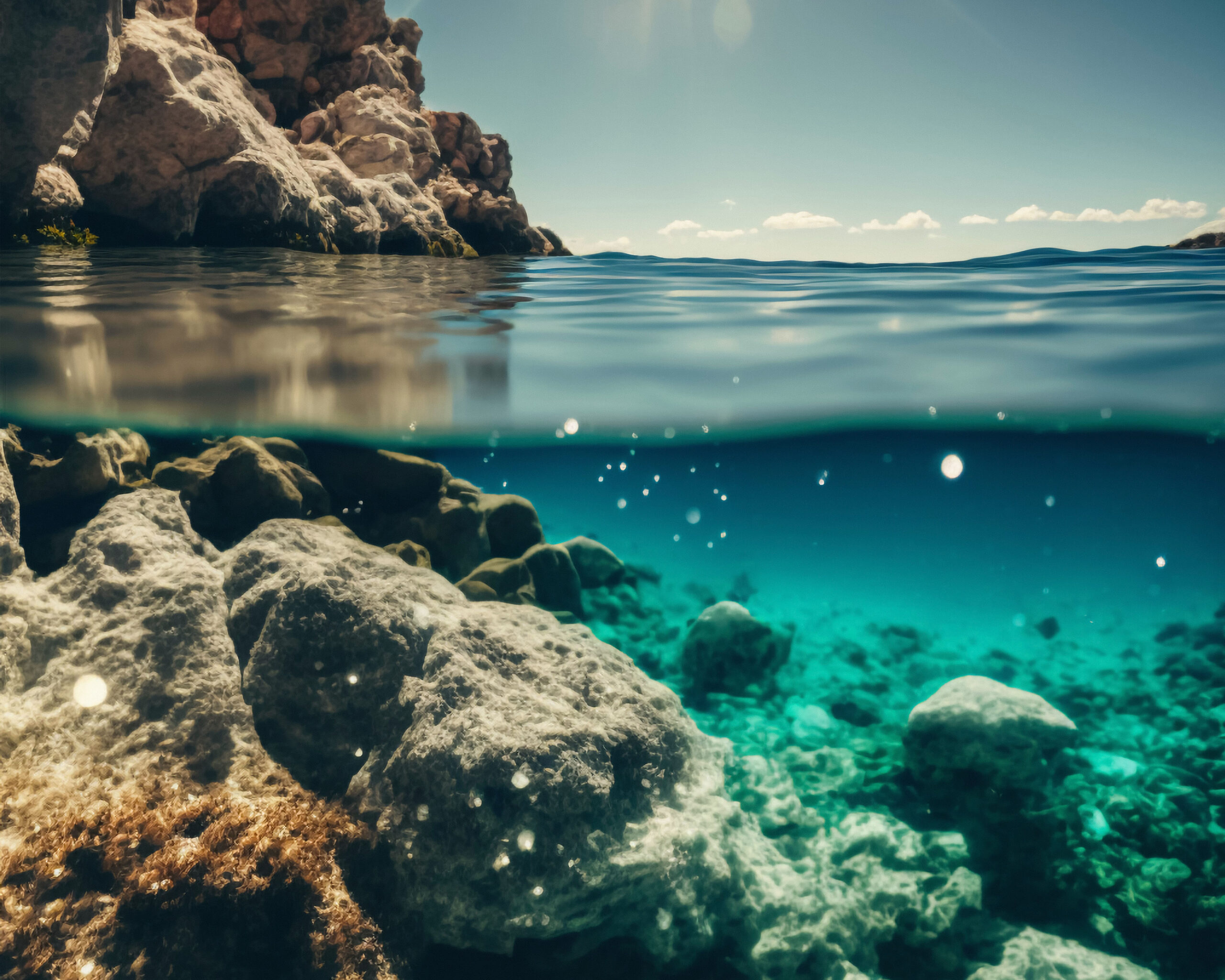


#Afforestation #deforestation #Mangroves #Marine Protection
Doug Fogelson
As massive as climate change is, the potential solutions are equally massive when considered across global oceans, forests, and related ecosystems. Outlined in Paul Hawken’s seminal book “Regeneration” (2021) are some issues and solutions, noted in brief below…
Marine Zones:
In protected marine areas oxygen production goes up, carbon dioxide is drawn down, and overall sequestration increases. Fish populations get larger, helped by strict no-fish areas and defending “keystone” species like sharks, indeed biodiversity recovery is an effort that benefits all!
Kelp and seagrass are excellent at carbon sequestration and provide sizable areas of habitat for a wide range of lifeforms. However protection takes time to yield best results (using a decade as a benchmark). Mangroves can sequester 2-4 times more carbon than tropical forests per acre, they also act as a buffer from sea level rise, and provide habitat in salt or freshwater. Sadly about half of global mangroves have been removed for development, industry, or agriculture since the 1980’s. Widespread restoration and protection of mangroves would sequester billions of tons of greenhouse gasses by 2030.
The process of bringing cool water up from the depths of the sea can help to remediate warmer oceans and heal coral reefs–while sending carbon down to the deep ocean sinks it and stores it safely, there are existing methods to help facilitate this.
Some other marine solutions include: regulation/balancing of the amount of ocean used for fishing/farming/mining/etc., stopping industrial dredging, the protection of tidal salt marshes (which can store almost a ton of carbon per acre while providing habitat), among many noble efforts in search of your support
Forests & More:
Forests do so much work to help everyone by providing habitat, watersheds, cleaning air, storing carbon, and influencing weather patterns. They are home to many indigenous cultures as well.
Deforestation for trees as resources, or to make way for agriculture/mining/etc. removes a key weapon the planet has in place now to fight anthropocentric climate change. Fires and pests also remove complex ecosystems that take years to establish, and drought and warmer conditions only add to the problem making it even more vital to protect and preserve these spaces.
Forests are a major powerhouse storing decades of carbon while they produce much needed oxygen. Planting trees in a reforestation (or “afforestation”) effort is one way to make a small impact, but “proforestation” which involves protecting existing old growth forest areas from exploitation and helping degraded areas recover, is a big win against greenhouse gasses that should always be an international priority.
Boreal forests are a particular area for concern. These regions cover 1.2 billion acres across the northern hemisphere’s latitudes in Canada, Scandinavia, Russia, and more, that are all under constant threat and use by logging or mining. An old growth tree contains much more carbon than a new tree and the forest ground itself holds huge carbon deposits–all of which are released when removed. Using such trees for temporary paper products adds to the problem in exponential ways, employing both protection and regeneration are key factors in the fight against climate change.
Tropical forests, such as the Amazon or in the Congo Basin, are being destroyed at a fast pace by the same factors as other forests, but they too serve as massive natural carbon sinks (again, especially mature trees). If humankind doesn’t stop taking away the forest and fight global warming ASAP, warmer atmospheric conditions themselves will cause forests to fail in just a few decades on their own.
Peatlands (aka swamps, bogs, heaths, etc.) are often wetlands but can also be frozen such as in permafrost areas (which contain powerful greenhouse gasses such as methane). Half of global peatlands are located in or near Indonesia and they are often removed for palm oil plantations causing exponential carbon release. Fires in these regions have released billions of tons of carbon in the recent past too. Like other forest types they are home to humans, animals, insects, and carbon saving plants. Remediating and returning these areas to their natural use is key, including reducing demand for and use of palm oil products.
Grasslands too are important zones that store carbon, mostly via underground root structures of the plants that we see in these vast areas.
Many good efforts are underway by organizations, including those that offer carbon credits to offset other emissions, but stronger pressure to regulate the use of marine and land areas is needed. Some of the best tools we have today to fight for a habitable future are very basic- preservation and protection via regulation and enforcement.
Aligning with organizations that work on these goals will influence good outcomes, “signal boosting”, signing and sharing their important messages to leaders and communities are free to do! Volunteering both time and money on local or global efforts will make each of us into the leaders and agents-of-change that are so important right now.